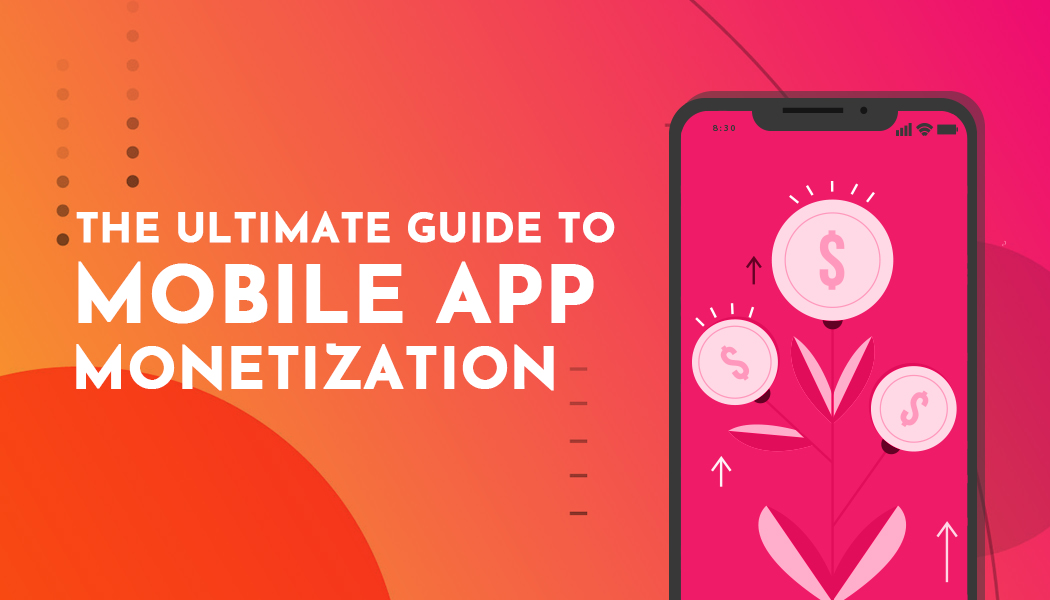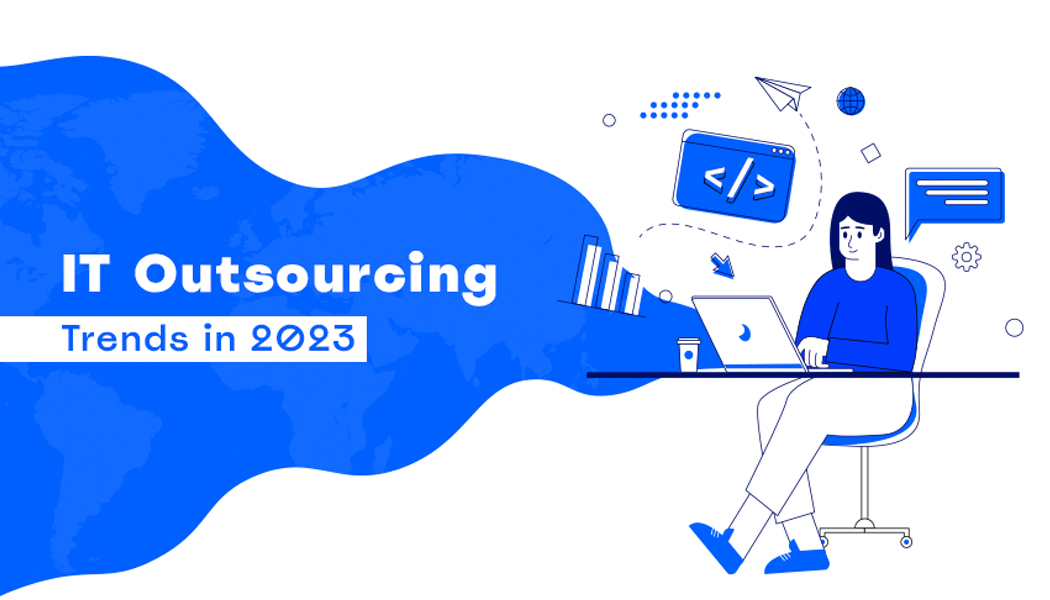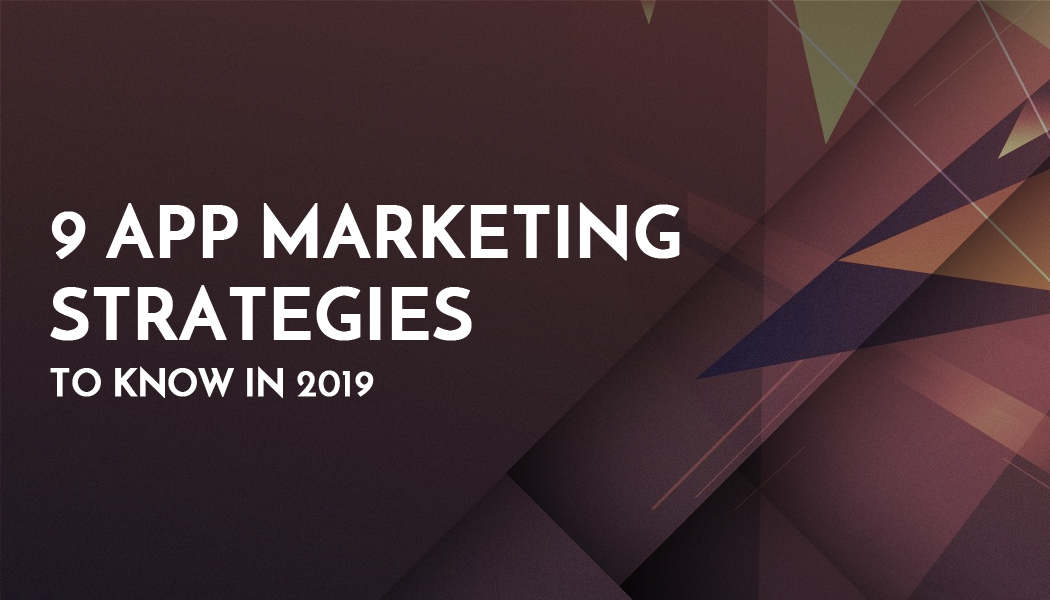The Ultimate Guide to Mobile App Monetization
transforming an app concept into a reality is just the first step, followed by several modules, including app monetization. It includes planning and strategizing how an application will make money. The app monetization techniques are not exclusive to the latest app.
These monetization techniques would work the same if the app has already been launched in the app store. Before you dive into the app monetization framework, remember that you can generate money from the app in many respects, but you need to find the best methods that represent your app concept.
Progressive Guide to Mobile App Monetization
Mobile app monetization becomes crucial when you are into the app development industry, especially in a fragile segment like a Marijuana app development company. Given below is a guide to strategies for mobile app monetization that will help mobile app marketers make money and increase the app's ROI:
1. In-App Advertising
The monetization strategy of in-app ads is a proven one. Active applications are downloaded by users and advertisements are shown by publishers. In such a strategy, as much data as possible must be collected about the target audience. The information is then processed and sent to advertisers prepared to pay for the announcement.
Organically advertising blends into sports, social networks, news and entertainment, immediate messengers, etc. The Facebook app is a good example. The social network gathers and displays data arrays of users.
A strategy for how you view advertising is important. Nobody likes commercials, to be frank. None of the users wish for their application surfing experience to be hammered out by a variety of advertisements. However, you have to find a way to inform users without damaging their experience in watching an app.
2. Affiliate Marketing
Another strategy for monetizing applications that can offer your company exposure and revenues is affiliate marketing. This form of marketing is based on how third parties can extraordinarily promote the services and goods of another business to make a profit to sell the goods of others.
Many affiliate services exist, which users must evaluate at least once. In this situation, the business and the consumer receive something, which is why consumers like and enjoy such ads. In general, affiliate marketing means that consumers receive a fee when purchasing a product or service through the use of a connection on the website or inside a request.
So it will provide additional traffic for your application to host websites or mobile ads. In many applications, you might have seen these ad campaigns. This helps you to create guidance for your app with stakeholders.
3. Freemium Model
Another excellent way to raise revenues from consumers is the freemium model. The model typically follows Web-based services and digital applications. The program is first provided free by app publishers in the freemium app strategy, and then consumers are asked to pay to release a more advanced edition.
The consumers who are impressed by the features and functions of the app will pay for it a little more. The advanced version of the application is still rich in functionality and is available in freemium. This is an example of a similar technique by Evernote.
For plugIns, extensions, assistance, integration, pre-personalization, etc., you can charge the user. Candy Crush Saga, for example, is freemium that produces about $950,000 a day. The Angry Birds game is another example of a freemium. The application is free, but some products are concealed from the consumer before they pay (for example, advanced features of evil birds or extra levels).
4. Free Trial
This is one of the most common monetization techniques for applications. The concept behind the free trial monetization model is that during the trial period the consumer will have normally 30 days access to all functions. The consumer has time to test the product, take care of its features, determine the comfort of tools, etc.
During this time. This produces a kind of product addiction. When the trial period is over, the consumer can feel like something is missing. As a consequence, it is harder to reject a product at a certain stage than pay for the product, and so they buy the app. However, they don't buy it if the customer has no interest in the app.
Therefore, in terms of ease of use and stickiness, the product needs to stay ahead of the competition. The Deezer Music mobile app is free of charge, but it can also be checked on a premium paid profile for thirty days. The Premium Profile contains no advertisements, and you can download your songs for playing offline.
5. In-App Purchases
In this way, applications monetized sell actual (clothes), and virtual (game money, characters) items. An example is the MeetMe mobile application, a service that can meet new people and boost profile exposure by paying users.
Buying in-apps is a fantastic way to make games worth money. A successful free-to-play program, therefore, lets you preserve balance in the game environment, irrespective of the user gets content. It is easier to focus on interesting costumes, clothes, homes, as well as on the ability to edit profiles, as experts suggest not to sell skills or character levels.
This method of monetization is also ideal for e-commerce. Entrepreneurs should not invest in rental properties, which may raise margins dramatically. You only have a comprehensive product or service overview as Google and Apple are now demanding more information to enhance user security.
Wrapping Up
Mobile apps will remain long and this year's projected mobile advertisement spending will surpass $70 billion, making it boisterous. Not every application can suit all mobile app monetization strategies referred to in this article and for that, before your app revenue advances exponentially, you may experiment further.
Many of these ways of monetizing an app will disappear over time. For example, an ad blocker on-site may not be a good idea to monetize advertising for a long time. However, if native applications live long, it won't affect you because ad blockers don't work in native applications.
But then growing competition would also hinder the impact of the marketing and monetization of mobile apps. It can also force the consumer to look at in-app advertising when there is plenty of people in the field.




